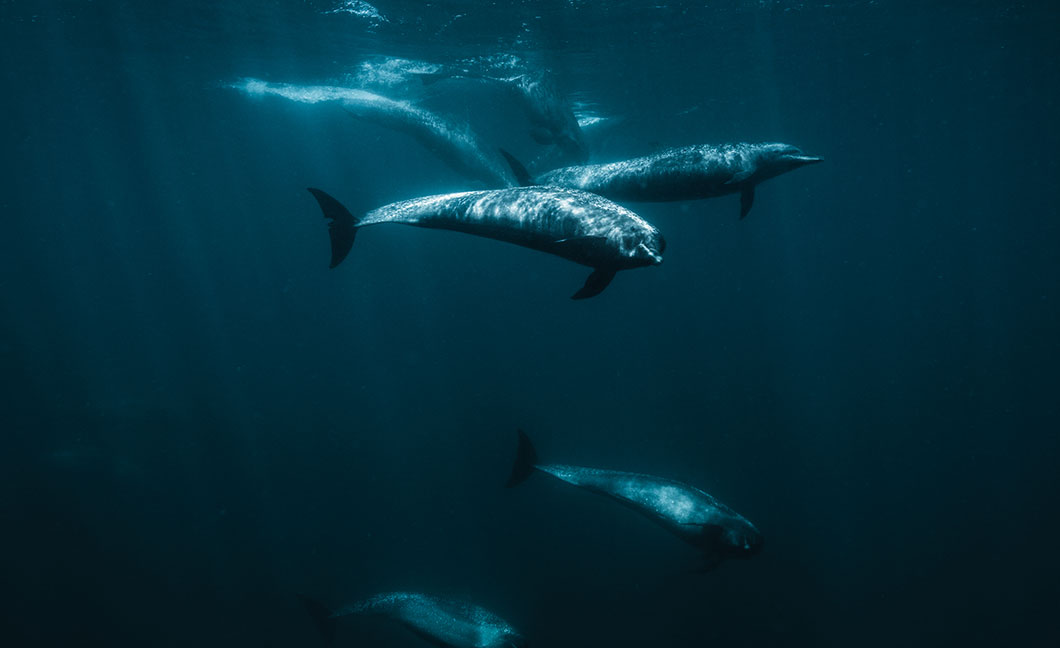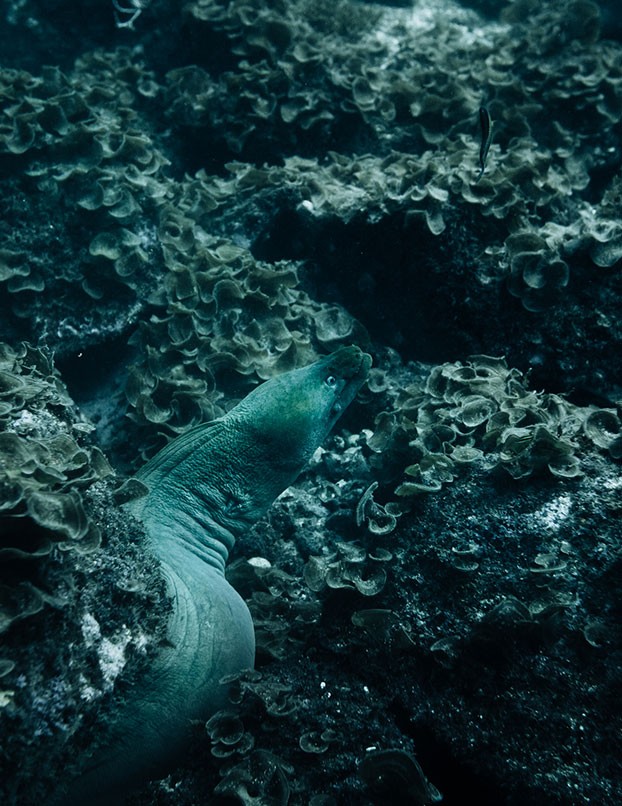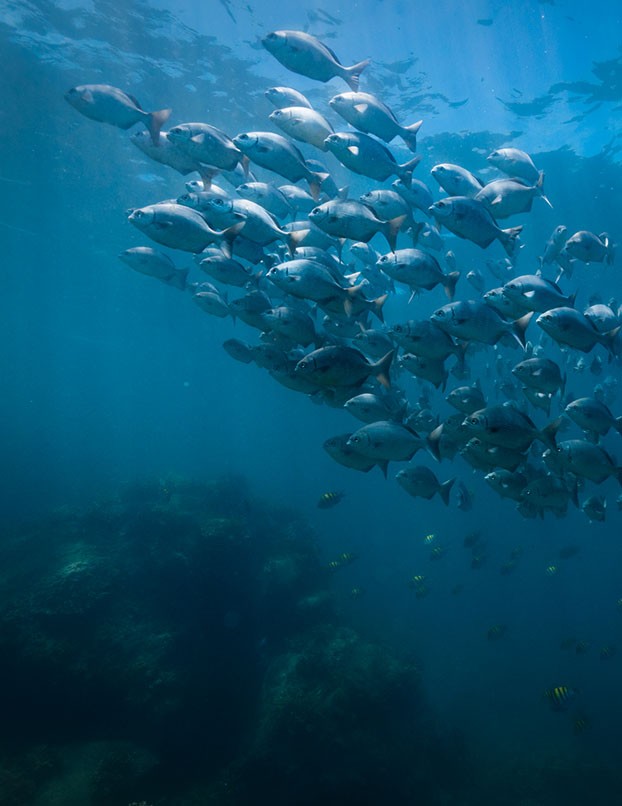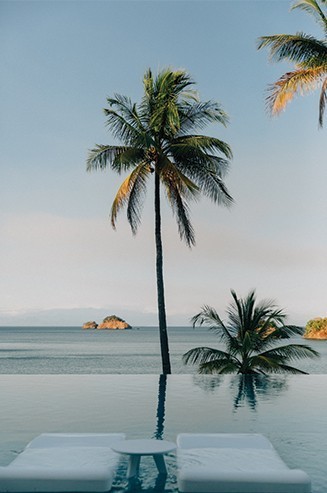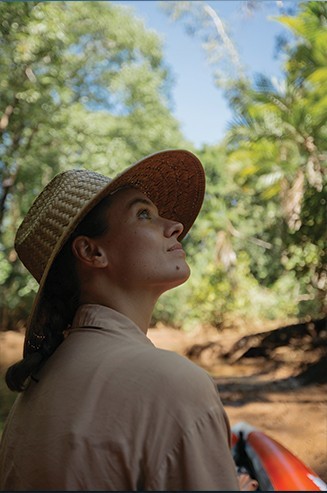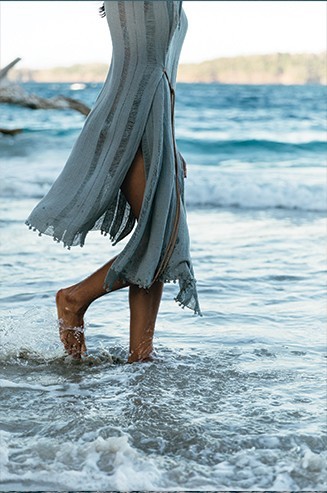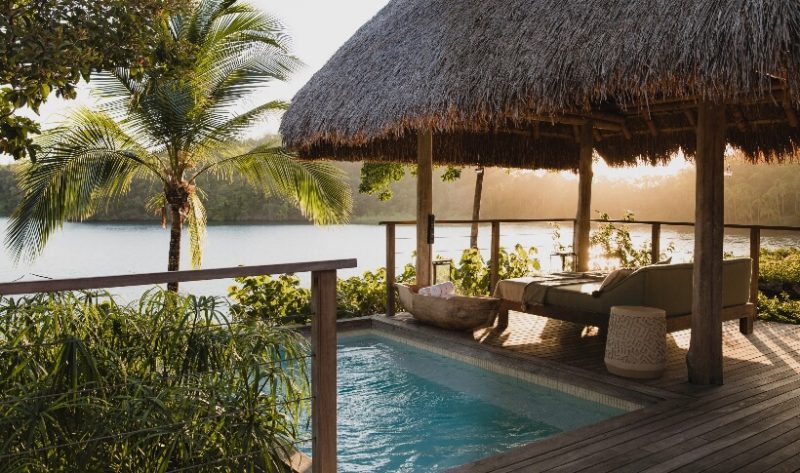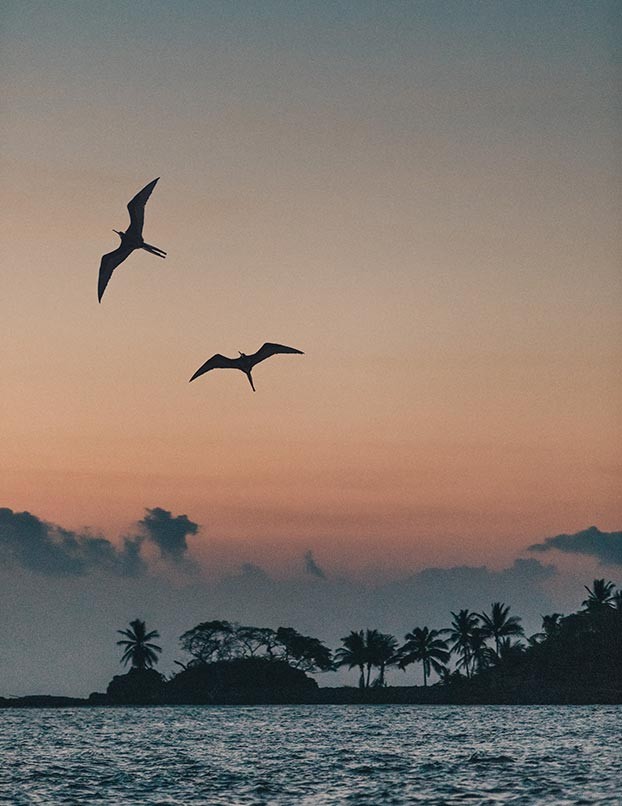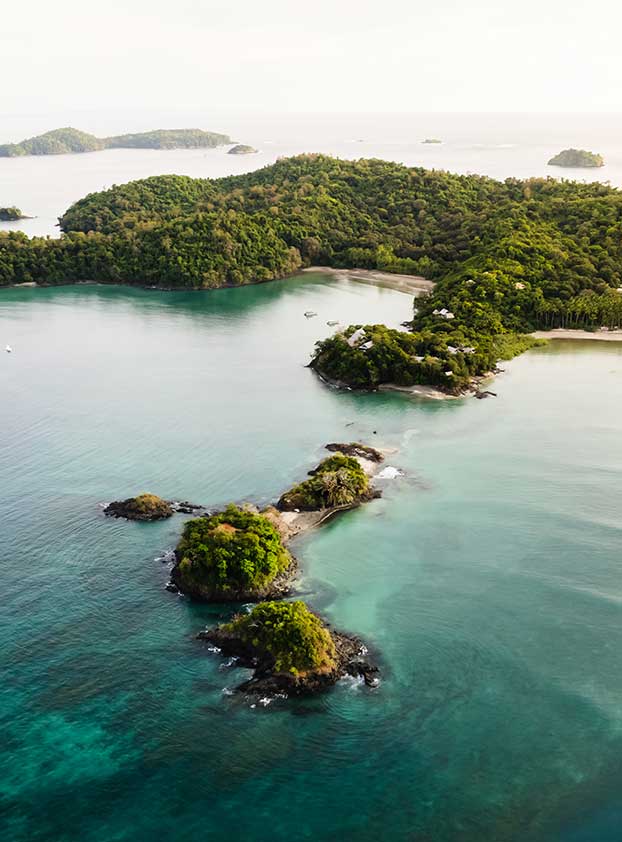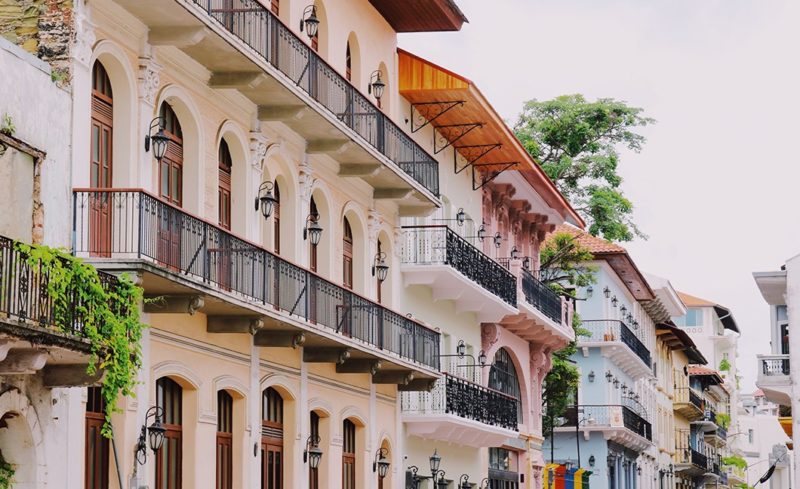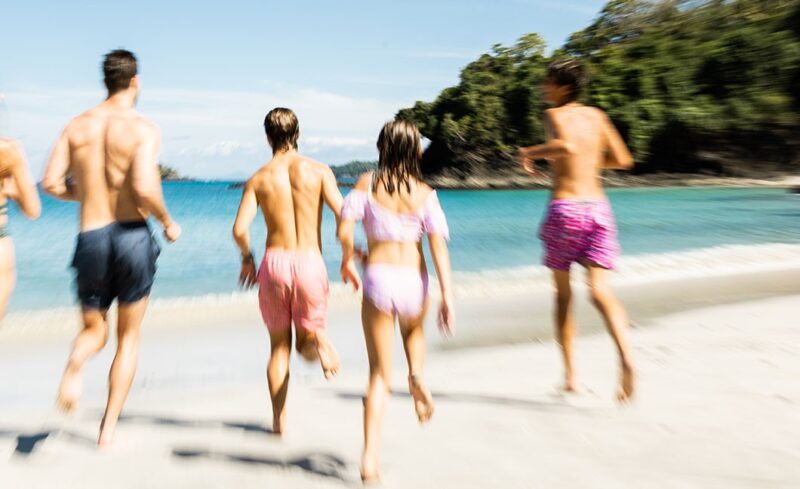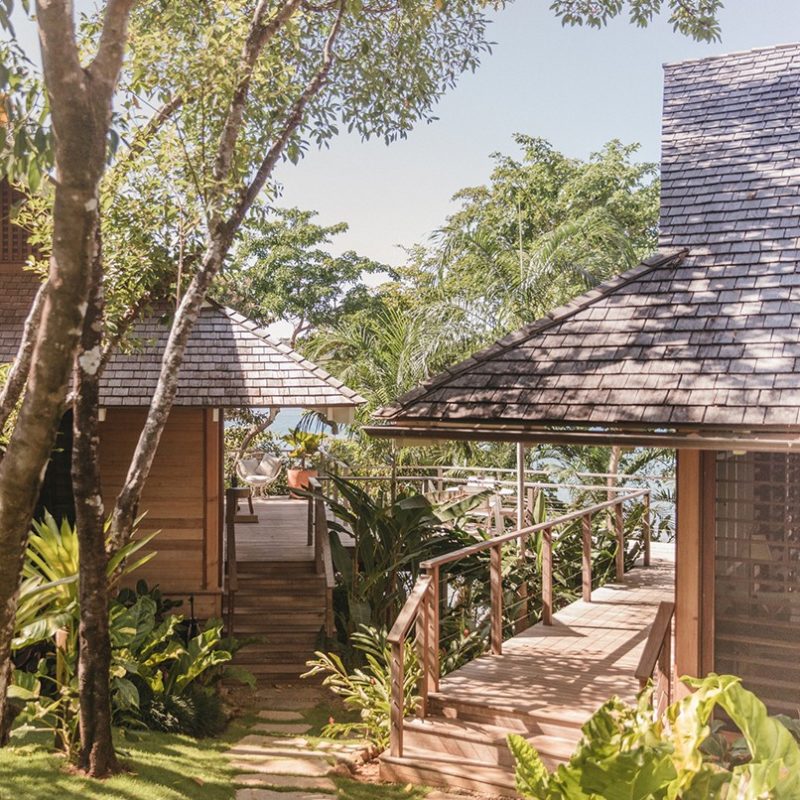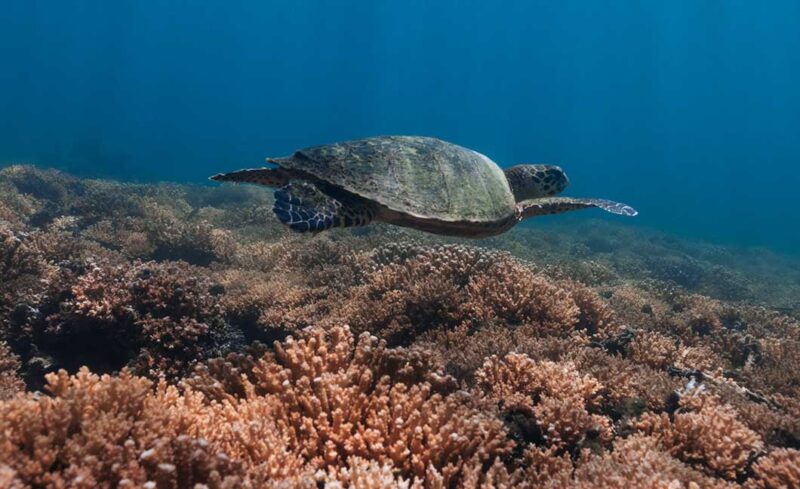
Islas Secas: A Bucket List Destination for Scuba Divers
Why Islas Secas is a Bucket List Destination for Scuba Divers
Islas Secas is known as having the best scuba diving in Panama for a reason. Yes, we have spectacular underwater topography and unique upswells that attract a staggering variety of marine life. And yes, we have fantastic dive instructors, the best-equipped boats, expert captains and a fully-certified PADI center (plus all dives are included in your stay).
But what makes us such a special place for a Marine Safari is that no matter when you visit, you’ll always see truly extraordinary marine life. Here’s what to see at different times of year for your ultimate scuba diving bucket list experience:
Sharks
You’ll be hard pressed not to see a white-tipped reef shark on a scuba dive at Islas Secas. We have a number of shark species, some of which you’ll see year round, like reef sharks, and those that are more seasonal, such as hammerheads. These can usually be seen from late March to late August, and what’s brilliant about our location is that the best place to see them is only a 30-minute boat drive from the resort. Hammerhead sharks congregate around two dramatic underwater pinnacles – creating an extraordinary scuba diving experience. As our dive expert Ben Harris explains, “Islas Secas has a number of species that are critically endangered and rapidly disappearing globally. What you might spot here, such as endangered hammerheads, you might not find in other locations, if at all.”

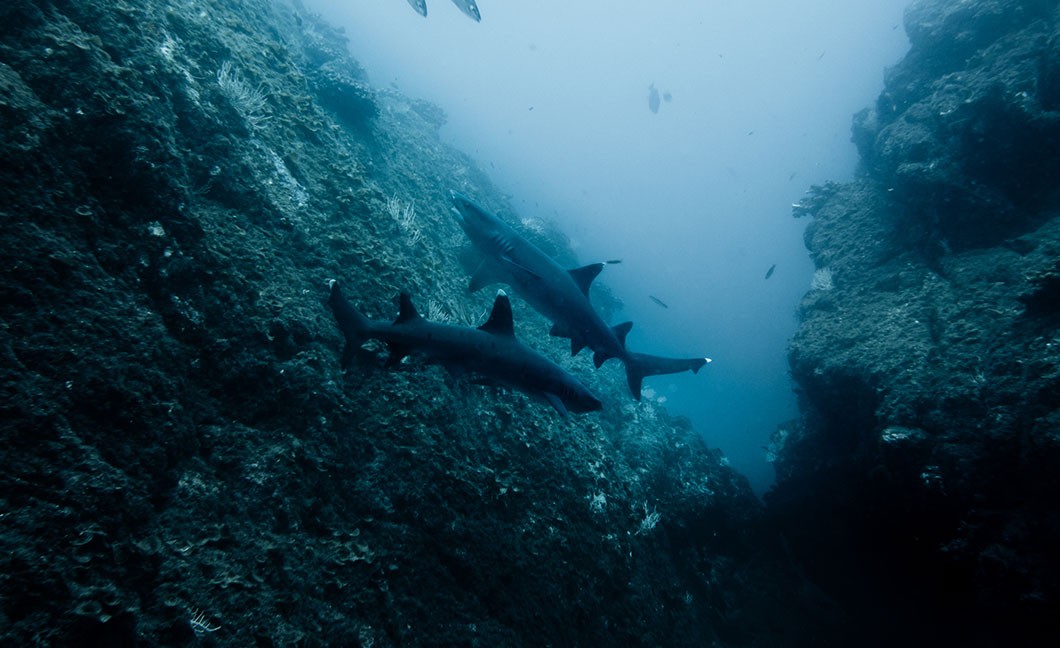
Whale Sharks
Many divers believe that whale sharks are seasonal, and while it is often easiest to see them in Panama in the earlier months of the year, when the water is clearer, the best time, year-round, is during the full moon. “The brightness of the moon attracts the krill and plankton clouds closer to the surface,” explains Ben, “so the giant plankton feeders such as whale sharks follow the food and enter the realm where we can see them near the surface.” With a bit of luck, you might spot a whale shark during any month of the year.
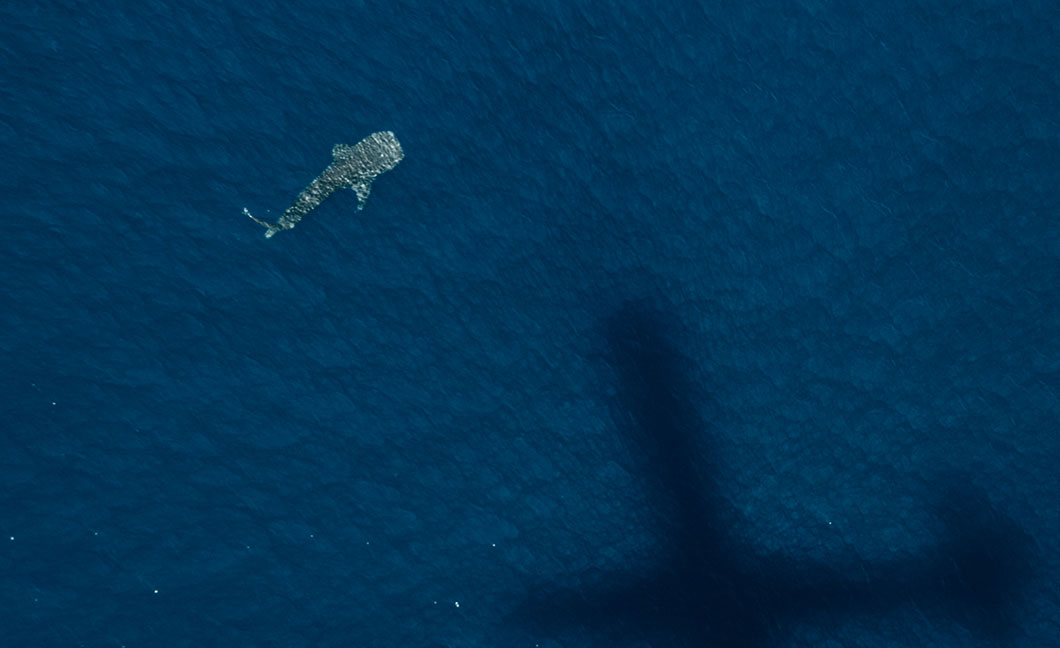
Turtles
Marine life in the Northern Pacific is fascinatingly varied, but one constant that we always love to spot are our turtles. Islas Secas is home to hawksbill and green turtles, both of which are endangered. Our fully-certified PADI center offers specialist PADI Turtle Conservation Diver courses.
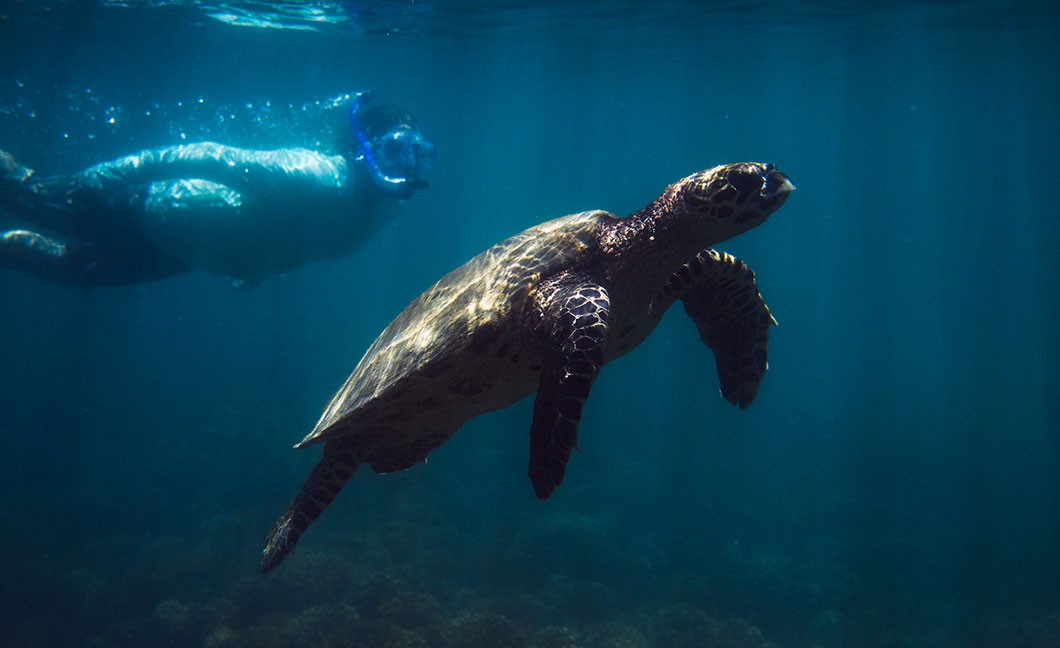
Rays
Seasons affect marine life in Panama in different ways: around Islas Secas, calmer weather earlier in the year improves visibility, making it easier to spot species, while colder upswells tend to attract larger megafauna. “In the colder months, June to October, you can spot hundreds of long tailed stingrays in clouds all around the north of the Contrearus Islands,” explains Ben. Again, this is within a 30-minute boat ride from Islas Secas. Other rays you might spot on a dive include eagle rays, stingrays, mobula rays and, if you’re lucky, manta rays.
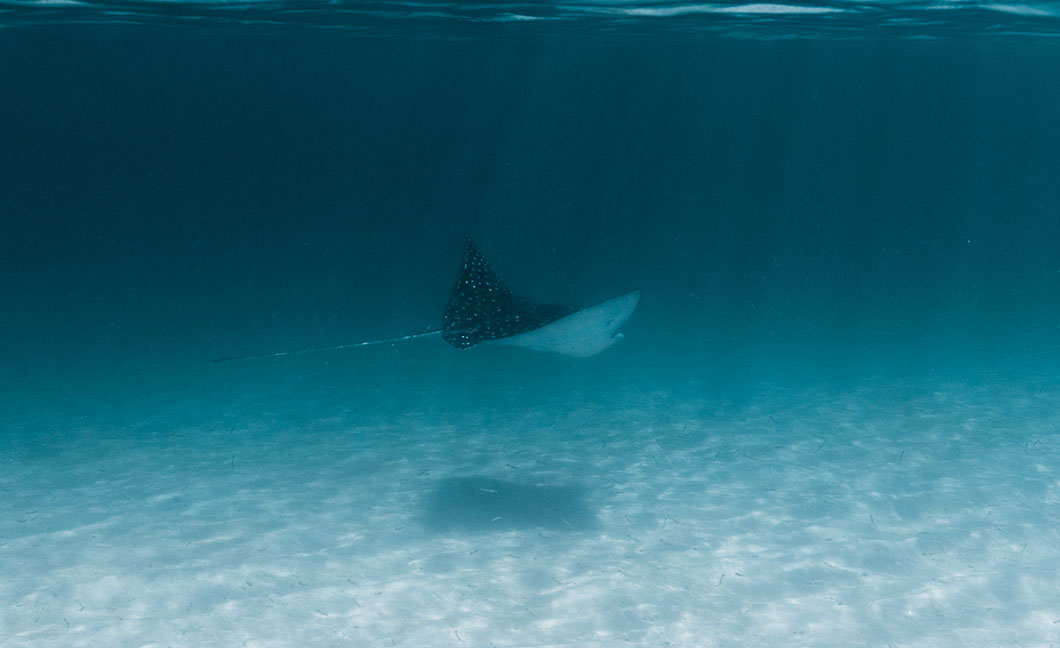
Humpback Whales
We are one of the best places in the world to see whales, so you don’t need to be a diver to spot one. In fact, it’s not permitted to scuba dive with whales, but you can see them from the resort and of course on our expert whale-watching trips. We are home to the only known area shared by both southern and northern hemisphere humpback whales, with the smaller northern population visiting between December and April, while our southern whales arrive to breed and raise their calves from July through October. If you scuba dive during these months, you might even get to hear the whales’ song beneath the waves.
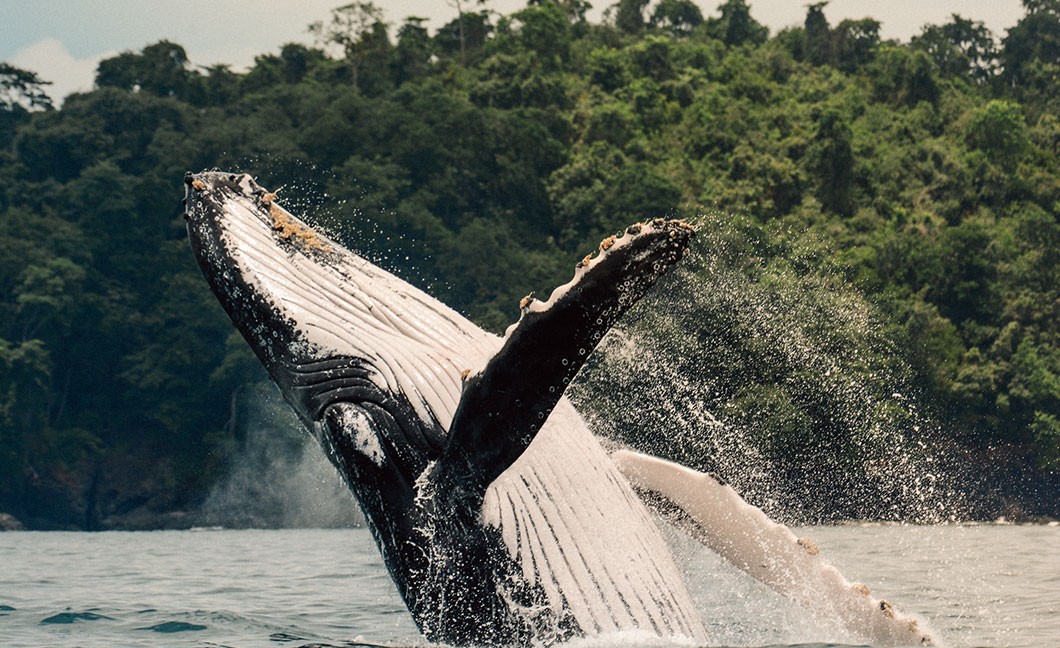
Other Marine Life
We feel guilty grouping together the vast array of other Panama marine life into one category, as each one offers a wonderful diving experience but here goes… Of the rich variety of fish and sealife you’re likely to spot year-round at Islas Secas, some highlights include barracuda, mahi mahi, octopus, zebra moray and jewel moray eels, lobster, butterfly fish, porcupine fish, bigeye jacks and parrot fish. Panama does have coral reefs, as do the waters around Islas Secas, but the most dramatic seascapes are the rocky pinnacles, drop-offs, caves and seamounts.
